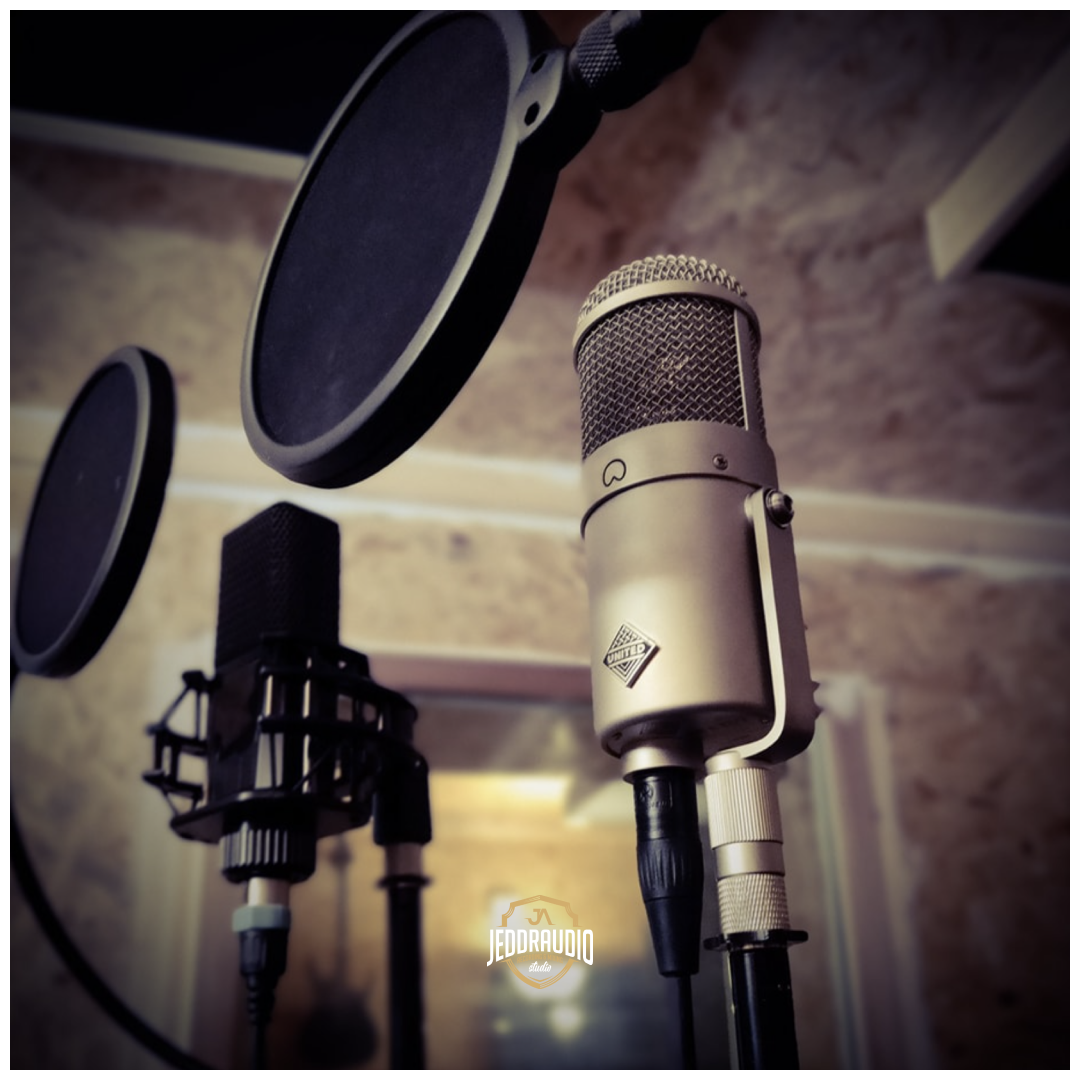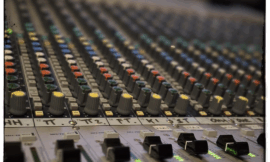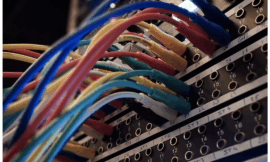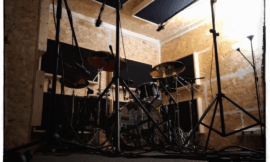Welcome to our series on preparing for a successful recording session. In this post, we’ll focus on vocals and provide essential tips on warm-up and preparation techniques for studio sessions. Proper preparation can greatly enhance the quality of your recordings and contribute to a more efficient and enjoyable studio experience.
Introduction
Recording in a studio is an exciting opportunity to capture your music at its best. For vocals, this means ensuring that your voice is well-prepared and that your performances are tight and well-rehearsed. A well-prepared vocal can make a significant difference in the quality of the recordings and help achieve the desired sound.
Essential Vocal Warm-Up Exercises
The Importance of Vocal Warm-Ups
Vocal warm-ups are crucial for preparing your voice for recording. They help to improve vocal range, flexibility, and tone quality while reducing the risk of strain or injury. Spend at least 15-20 minutes warming up before you start recording to ensure that your voice is ready to perform at its best.
Effective Vocal Warm-Up Exercises
- Lip Trills: Blow air through closed lips to create a buzzing sound. This exercise helps to relax the vocal cords and improve breath control. Start with a comfortable pitch and gradually move up and down your vocal range.
- Tongue Trills: Roll your tongue and make a “rrr” sound. This exercise can help to release tension in the tongue and jaw, as well as improve breath control and vocal flexibility.
- Humming: Hum a simple tune, focusing on consistent pitch and tone. Humming helps to warm up the vocal cords gently and can be a soothing and relaxing exercise.
- Scales: Practice singing scales to improve pitch accuracy and vocal agility. Start with simple scales, such as the major scale, and gradually increase the range and complexity as your voice warms up.
- Sirens: Glide smoothly from the lowest note in your range to the highest note and back down again. This exercise helps to expand your vocal range and improve flexibility. Be careful not to push your voice too hard, especially when first starting out.
Tips on Hydration, Diet, and Rest
Stay Hydrated
Proper hydration is essential for maintaining vocal health and ensuring that your voice is ready to perform at its best. Drink plenty of water throughout the day, and avoid caffeine and alcohol, as they can dehydrate the body and affect vocal performance. Room temperature water is generally best for hydration, as it is easily absorbed by the body.
Maintain a Healthy Diet
A healthy and balanced diet can greatly impact your vocal performance and overall well-being. Eat a variety of fruits, vegetables, whole grains, and lean proteins to provide your body with the nutrients it needs to function at its best. Avoid heavy or greasy foods that can cause acid reflux or discomfort, as well as foods that are high in sugar or salt, which can affect your energy levels and vocal performance.
Get Enough Rest
Adequate rest is crucial for vocal recovery and overall health. Aim for 7-9 hours of sleep per night to allow your body and voice to recharge. Avoid straining your voice when you’re tired, as this can lead to vocal fatigue and injury. If you’re feeling particularly fatigued, consider taking a nap or resting your voice before a recording session.
Techniques for Practicing and Refining Your Vocal Parts
Practice with a Metronome
Practicing with a metronome is crucial for developing a solid sense of timing and ensuring that your performances are tight and accurate. This is especially important in the studio, where precise timing is essential. Use a metronome to practice your vocal parts, and focus on staying in sync with the click. This will help you prepare for the studio environment and ensure that your performances are well-rehearsed and tight.
Record and Review Your Performances
Recording your practice sessions and performances can be a valuable tool for identifying areas that need improvement and tracking your progress over time. Set up a simple recording device, such as a smartphone or portable recorder, and capture audio of your rehearsals. Listen back to the recordings and take notes on what’s working well and what needs further refinement. This can help you fine-tune your performances and achieve the best possible results in the studio.
Work on Dynamics and Expression
Dynamics and expression are essential aspects of a compelling vocal performance. Practice varying your volume, intensity, and emotion to create a more engaging and expressive recording. Experiment with different levels of dynamics and expression, and focus on conveying the meaning and emotion of the lyrics. This can help you create a more captivating and memorable vocal performance in the studio.
Communicating with Your Producer and Engineer
Before the recording session, communicate with your producer and engineer about your sound and any specific preferences or requirements you have. This will help them understand your vision and make informed decisions throughout the recording process. Be open to their feedback and suggestions, as they can provide valuable insights and guidance for achieving the best possible sound.
Conclusion
Preparing your voice for studio recording involves a combination of vocal warm-ups, proper hydration, diet, and rest, as well as practicing and refining your parts. By following the tips and techniques outlined in this post, you can ensure that your voice is ready to perform at its best and that your recordings are tight, well-rehearsed, and expressive. Take the time to prepare and care for your voice, and enjoy the recording process as an opportunity to capture your music at its best.
Stay tuned for more blog posts in our series on preparing for your recording session. Next up, we’ll be focusing on amplifier setup and getting the best sound for recording.





